Gorilla Trekking in the Congo Guide - all you need to know about your upcoming trip to the Congo
Gorilla trekking in the Republic of Congo is an extraordinary adventure that offers a unique opportunity to encounter one of the world’s most endangered and majestic creatures—the Western Lowland Gorilla. The dense forests of the Congo Basin provide the ideal habitat for these incredible animals, and venturing into their territory is a thrilling and potentially life-changing experience. When embarking on a gorilla trek with the local guides and trackers, it’s crucial to be well-prepared, and your choice of clothing is a key consideration.














